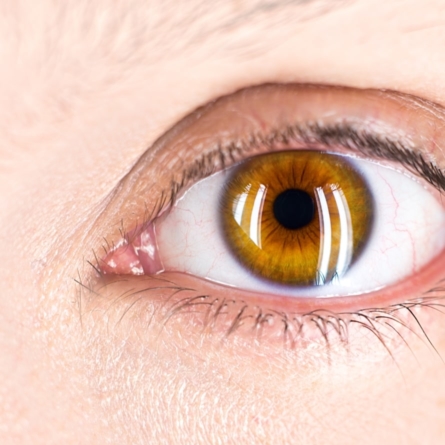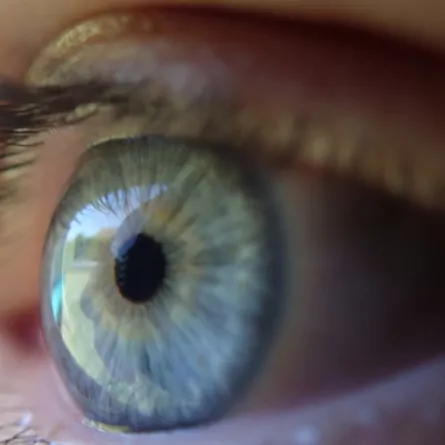
Retinal Detachment
A retinal detachment is where the thin, light sensitive layer at the back of the eye becomes separated from the wall of the eye.
Causes of retinal detachment
The most common cause of retinal detachment is small tears in the retina which then allow fluid to get beneath the retina and separate it from the nutrient layer underneath.
Retinal tears or holes are more likely in short-sighted eyes, after a posterior vitreous detachment (a normal ageing change) or after cataract surgery, and can occur in diabetic eyes.
Symptoms of retinal detachment include:
- sudden increase in floaters
- flashing lights
- visual loss starting anywhere in the periphery and progressing towards the centre

Treatment for retinal detachment at Optegra
Every patient is unique, so we offer a detailed consultation with one of our renowned Consultant Ophthalmic Surgeons to determine suitability, answer all your questions and explain the treatment options for retinal detachment.
Vitrectomy
Vitrectomy is the surgical removal of the vitreous. Gas is then used to fill the vitreous cavity and to push the detached retina back against the eye wall. The area around the hole is sealed using either laser or cryotherapy to form a permanent scar. The gas bubble reabsorbs spontaneously and the scarring prevents re-detachment.
This is usually carried out under local anaesthetic.
Scleral buckling
Tiny silicone bands or sponge material indent the eye wall, pushing it in towards the detaching retina. Help to reduce the amount that the vitreous gel pulls on the retina (vitreous traction).
A vitrectomy may also be necessary followed by laser or cryotherapy to produce a permanent seal around the retinal tears.